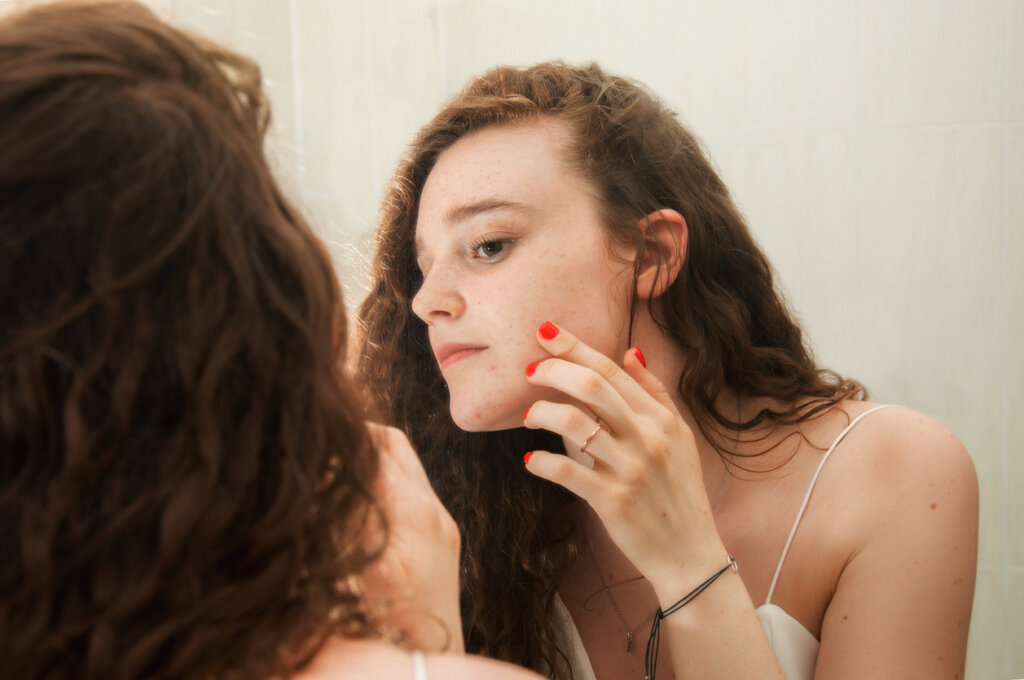The Characteristics of Early Adolescence


Written and verified by the philosopher Maria Alejandra Morgado Cusati
According to the World Health Organization, adolescence is the stage of development that occurs after childhood and before adulthood, between the ages of ten and 19. Although it’s worth mentioning that it can begin and end at variable times. However, what’s important is the adaptive, functional, and decisive value that this period implies.
There are three stages: early adolescence, middle adolescence, and late adolescence. Each stage is marked by certain changes.
We’re focusing on early adolescence and the processes that are often triggered during this phase of development.
Changes experienced in early adolescence
Early adolescence is the first stage. It takes place between ten and 13 years old, although some claim it goes up to 14 years old. During this period, the most noticeable changes are physical, as they coincide with the onset of puberty. For example, the renowned growth spurt occurs, the voice changes, and hair appears in the pubic area and in the armpits, etc.
Other processes also occur, which we detail below.
Physical
As we said above, during early adolescence, a growth spurt occurs, which is due to the rapid and uneven growth of the bones of the body. This often causes problems in the coordination of movements. It often gives an appearance of clumsiness. Nevertheless, it’s only temporary and is perfectly normal at this stage.
At the same time, the body begins to generate sex hormones, which induce the development of secondary sexual characteristics. In women, breast growth and the onset of menstruation are typical. On the other hand, in males, the size of the testicles and penis increases.
At the same time, body hair grows, especially in the armpits and in the pubic area. In addition, there’s an increase in sweating and a change in body odor. Also, skin becomes more oily, leading many teens to develop acne.

Cognitive, psychological, and emotional changes
The transition of adolescence usually generates a series of psychological and emotional changes in young people. Among the most common are anxiety, confusion, fear, excitement, and a tendency to show off. It all depends on the personal characteristics of the adolescent and their experiences.
In early adolescence, it’s common for young people to focus their thoughts on themselves. It’s a kind of egocentrism. Consequently, many of them feel self-conscious about their changing appearance. Furthermore, they tend to think that everyone is watching them, and believe that they’re constantly being judged.
Most adolescents who go through this stage continue to have concrete thoughts. This implies that they’re not yet capable of anticipating the consequences of their actions and are far from thinking as adults do. Even at the beginning of early adolescence, dichotomous thinking without nuances (black or white, good or bad, etc.) is still present.
Sexual changes
In early adolescence, sexual desire, typical of adults, hasn’t yet been consolidated. Therefore, contacts with their peers are usually unrelated to sexual attraction.
Sexual orientation (homosexual, bisexual, heterosexual, asexual, etc.) is usually determined later. Although at this stage, they do begin to have a greater awareness of the gender to which they belong, as compared to when they were younger.
During this stage, they tend to adapt their behavior and appearance to sociocultural norms, those associated with the gender with which they identify or with which they were raised.
Social changes
Compared to middle and late adolescence, social changes aren’t as marked. Instead, they tend to be consequences of physical changes and how these are perceived, both by the individual and those around them.
The adolescent feels curious and surprised to notice how their body is changing. These transformations tend to bring them closer to their peers. In fact, they’re probably going through the same process and they form a type of group identification with them.
Thanks to this identification with their group of friends, these types of adolescents tend to seek more support from their peers than from their own parents, who usually take a back seat. These young people even begin to question their authority.

Adolescence is a period of transition
Before concluding, it’s important to highlight that the adolescent feels like a child and an adult at the same time. However, they’re neither one thing nor the other. In fact, they’re in a permanent state of transition: they’re moving from being a child to depending on the adult world. They’re still young yet beginning to take charge of their life.
If you have a teenage son or daughter, one day you might be pleasantly surprised by their level of maturity and responsibility. For example, maybe they helped their grandmother with the housework or their younger brother with their homework. However, on another day you’ll be taken aback by their apparent immaturity when they leave their backpack on the bus or get detention at school.
Nevertheless, before you get angry, remember the stage they’re going through. Their brain is constantly changing, remodeling, and generating new neural connections. Indeed, your son or daughter is going through a period of rapid growth and change, which requires a great deal of understanding and support.
All cited sources were thoroughly reviewed by our team to ensure their quality, reliability, currency, and validity. The bibliography of this article was considered reliable and of academic or scientific accuracy.
- Águila, C.; Díaz, Q. & Díaz, M. (2017). Adolescencia temprana y parentalidad. Fundamentos teóricos y metodológicos acerca de esta etapa y su manejo. Medisur, 15(5):694-700. Disponible en: https://www.medigraphic.com/cgi-bin/new/resumen.cgi?IDARTICULO=77599
- Organización Mundial de la Salud (s.f.). Salud del adolescente. Recuperado de: https://www.who.int/es/health-topics/adolescent-health#tab=tab_1
This text is provided for informational purposes only and does not replace consultation with a professional. If in doubt, consult your specialist.








